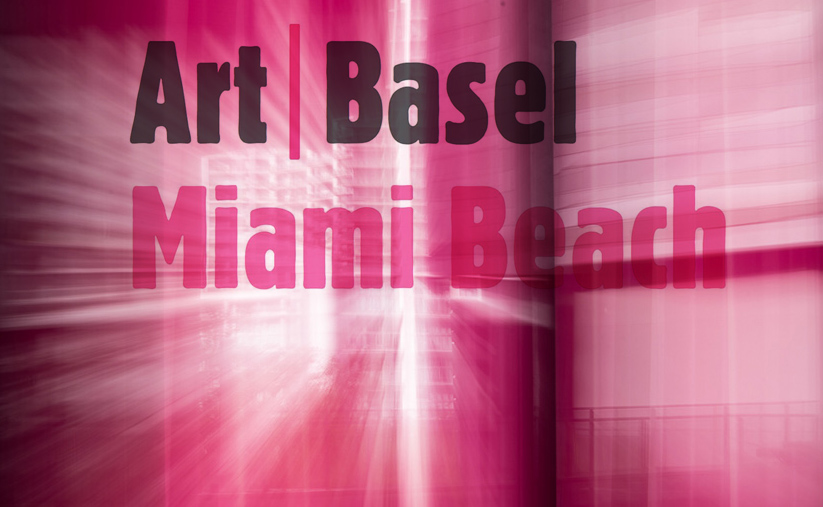
By Leslie Braunstein, ULI Magazine
Art and expressions of culture can no longer be considered pricey or optional additions to major real estate projects. “Culture is the new currency,” stated Shaheen Sadeghi, president and CEO, LAB Holding, at a 2015 ULI Fall Meeting opening general session. “It’s the way you think and interact with your community.” Jessica Goldman Srebnick, CEO of Miami-based Goldman Properties, added, “Art is a game-changer.”
Srebnick’s late father, Tony Goldman, “saw things that other people don’t see,” she explained. “We always integrate art into our projects. Why surround yourself with sterility when you can surround yourself with something fascinating? As developers, we have the largest canvases in the world.”
For the last four decades, Goldman Properties has used community-based public art as a springboard for neighborhood revitalization, transforming some of the East Coast’s most downtrodden urban areas into iconic destinations that have skyrocketed in value. After rebuilding much of Greene Street in New York City’s SoHo district, Goldman moved into Miami Beach in 1986, quickly acquiring 18 deteriorating art deco buildings along Ocean Drive. Now, of course, this South Beach strip is a world-class cultural, recreational, and tourist magnet.
More recently, the company has taken on another challenge: acquiring about 20 run-down single-story commercial buildings in the dying industrial Miami neighborhood called Wynwood. It was there, said Srebnick, that her father would implement many of the lessons learned throughout his career. Before redeveloping and leasing a single structure, the company invited a group of the world’s leading graffiti artists to paint the backs of their newly acquired buildings. These modern works of art—open to the public and illuminated at night—became the Wynwood Walls, “the world’s largest outdoor street museum,” attracting up to 15,000 people per day.
One of the lessons learned by Goldman is the evolution of a new live/work/play neighborhood. It starts with the “play” element, often in the form of restaurants. Greene Street Café in New York, Trust in Philadelphia, and Wish and Lucky in Miami Beach all proved that “people will come to a great restaurant even if it’s in a crappy neighborhood.” So Goldman proceeded to lease space to a new restaurant, Wynwood Kitchen and Bar.
The next step, Srebnick went on, is work. “Dad said we should never give in to fear, so we have always been the first to jump into the pool,” she explained. “Curation is important; we wanted differentiated and creative office users.” To obtain an anchor tenant in Wynwood, Goldman leased a building for a dollar a year to the Museum of Contemporary Art. Later, they had an artist paint bold black-and-white stripes on an empty building, then leased it to technology sector tenants, realizing a rent increase from $6 per square foot ($65 per sq m) to $35 per square foot ($377 per sq m). A plain garage was given a stunning, futuristic facade. “We believe that Wynwood will become one of the world’s most important neighborhoods for the marriage of public art and architecture,” Srebnick concluded.
Sadeghi engaged the audience of ULI members with music, images, and a variety of provocative questions. “Why do we fear riding in an elevator with another person? What would happen if you let that other person into your life? What if there was a pawnshop where you could sell your bad memories and leave them behind? As developers, we are in the memory-making business; our projects can change people’s lives.”
The California-based speaker went back in history to point out that after World War II, the world had to buy goods from the United States because other major powers were destroyed. Foreign and domestic demand, combined with new technology, spurred the era of mass production, the era of consumption, and the rise of the middle class. TV dinners and canned meat gave rise to fast food and then the drive-through. Everything had to be done faster and cheaper. Americans represent 4.5 percent of the world’s population, Sadeghi pointed out, but consume 25 percent of the world’s goods.
But now Americans are fed up and a major shift is occurring, he continued. Mass culture in the United States is giving way to a plethora of niche subcultures. “It’s about personalization, customization, and localization, not homogenization. We want content in our lives; we want layers of experiences; we want authenticity that cannot be bought.”
So what does this have to do with real estate development? The answer is: everything. “We are stuck in Development 1.0,” Sadeghi noted. “But insanity is doing the same thing over and over again [and expecting different results]. People in the community are now active participants—even coauthors—in our projects.”





